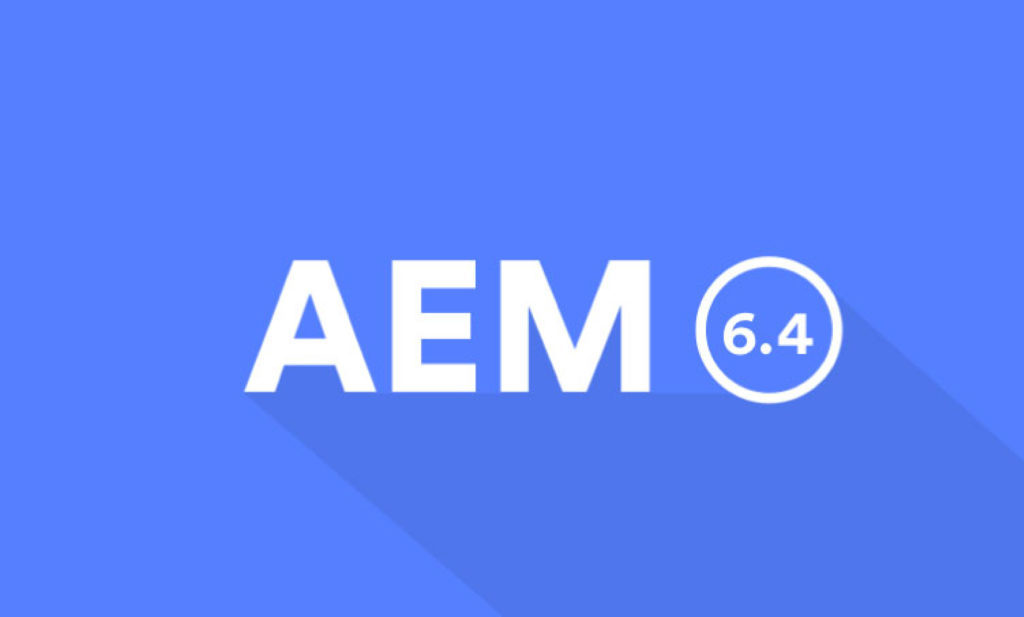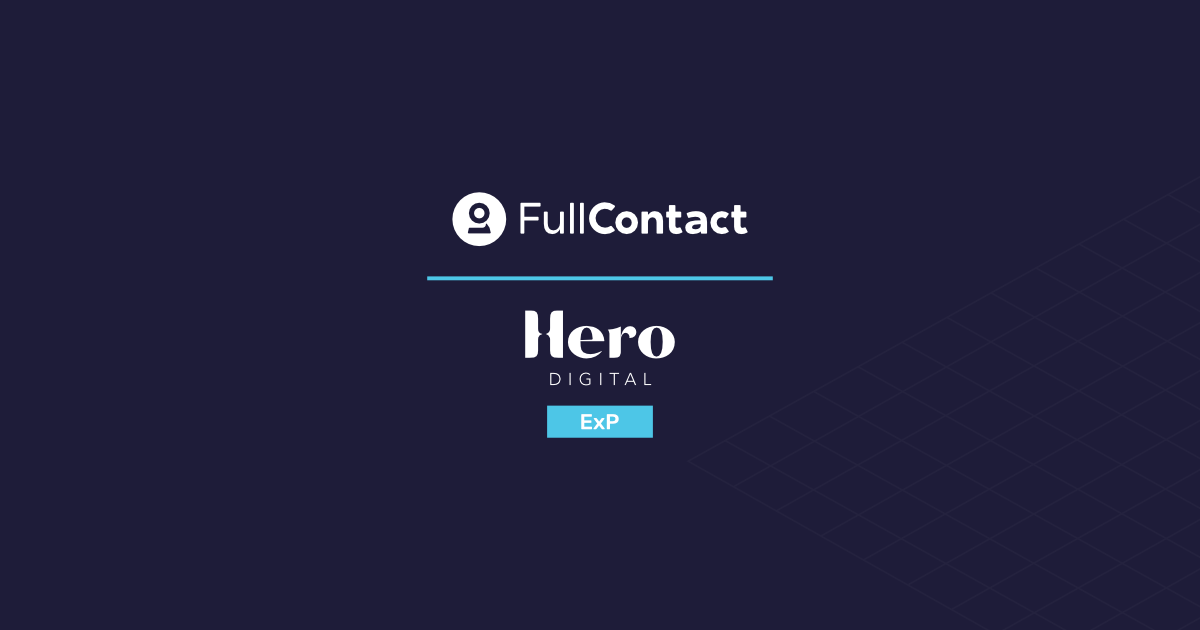Adobe Experience Manager released AEM 6.4 in late April 2018. It has a number of new features, but whether to upgrade and when to upgrade are not always clear. Let’s walk through the new features and help you navigate to the right decision for your organization.
First off, AEM 6.3 was a fantastic release – the best yet from Adobe. With 6.3 we saw parity between TouchUI and ClassicUI capabilities. Adobe also introduced compelling new features such as bulk workflows, author collaboration tools, launches, experience fragments and activity maps. Adobe added core components that were production ready to help customers get to market faster. We found the AEM 6.3 upgrade to be easier than some previous upgrades and the release was more stable. It was easy to recommend this upgrade to customers and the results have been extremely positive. Adobe delivered on their vision without much compromise with AEM 6.3.
But now AEM 6.4 is here and our customers are already asking about if they should upgrade and when they should do it. At Hero Digital, we’ve been part of the prerelease program so we have had a chance to get hands-on with AEM 6.4 and provide some insight into the new features. This year’s release of AEM focuses on fluid experiences, content intelligence and marketing & IT velocity. The following are some new key features of AEM Sites and Assets that support these themes;
Sites:
- Style System for Components – in previous releases, it was necessary to do custom development to allow authors to style components differently across experiences. The new Style System gives us a default styling system which should both speed development and enhance many components that are far too static today
- Single-Page Editor – this one was a surprise but is also a recognition of a shift in the market to leveraging rapid development for single-page applications. For organizations that want to build Angular, React or similar style page applications, they don’t have to choose between those applications and AEM as they can manage single-page apps in AEM
- Content Services – in keeping with the theme of supporting single-page applications or even functioning as a headless CMS for mobile apps, Adobe has made it easier to retrieve content and assets from AEM for other applications via their improved content services JSON APIs
- Smart Layouts – this is a form of personalization automation that learns from user behavior using Adobe Sensei and optimizes page layouts for the individual. It has the promise of reducing the need to manually create many different content variations for different audiences. Like all of the AEM capabilities that integrate with Adobe Sensei, we recommend using this after careful inspection to see that it meets your business needs. We do expect it to improve over time as Adobe continues to build out Sensei.
- Improved integration across suite – Adobe has greatly improved the integration with Campaign and Target in this release. Historically, Campaign integrations were done with traditional WSDLs and the base APIs that were provided. Now Campaigns can be built entirely in AEM. Adobe has also streamlined the ability to use assets from the DAM and experience fragments for Target activities
Assets:
- Artificial Intelligence for smart tagging – Adobe has integrated their Sensei product that analyzes pictures and auto generates tags. This is much improved from AEM 6.3 and now can use machine learning to ingest your business or organization specific taxonomy to apply tags that are specific to your business
- Multilingual Search – Historically, translating metatags for multiple language for search was a challenging and expensive proposition. Search now translates search terms and the tags and matches translated terms. It remains to be seen how well this will work in practice, but it’s a great feature in concept
- Native Creative Cloud integration – Creative Cloud apps now have native features instead of web-based features for accessing assets from the DAM. Assets in AEM can be checked out in the Creative Cloud to be edited. This will make updating assets more efficient for creative teams.
- Enhanced Metadata management – this is actually a collection of DAM enhancements that is very exciting for taxonomists and heavy DAM users. Cascading metadata fields enabled by parent field population, the ability to import and export taxonomy and metadata and richer metadata governance with required fields, etc. can help us take DAM implementations to a new level
- Brand Portal – the long overdue new version of Brand Portal is still a bit underwhelming. The UI is improved but also cannot be customized and branded (some basic changes can be configured), which will frustrate some users. There are enhanced search features incorporated as well
- Dynamic Media integration and Smart Crop – Adobe has integrated more features from Dynamic Media and Sensei to enable automated cropping of assets. For instance, product images that are cropped will focus the crop on the product. We have yet to try this on advanced assets but on some basic assets it worked fairly well – our creative team may disagree!
Overall, the new features represent true evolution of a platform that hit its stride with AEM 6.4. We look forward to seeing how Adobe Sensei works in a more real-world environment.
When Should You Upgrade?
Now the big question of when to upgrade. The first question you should answer is what version are you on. If you have a version older than AEM 6.2, you should plan to upgrade this Summer because Adobe only provides full support for the three latest versions of AEM (6.2, 6.3 and 6.4). We recommend giving Adobe a few months to work out the kinks after it goes live. Adobe Managed Services will be upgrading their customers on AEM 6.2 or less to AEM 6.4 by October. AEM 6.3 and 6.4 are huge leap forward and you don’t want to find yourself on a version where Adobe is providing limited support.
Other reasons to consider an upgrade:
- You’re planning an Assets implementation – the new DAM features will make for a much richer DAM implementation. Metadata imports, cascading metadata, zones for tags for different departments all give you a bigger toolset to work with on your implementation
- You’re looking at some headless or single-page applications – being able to keep your content and governance all in AEM will be a huge advantage and the integration will be simpler
- You want to implement Target or expand your use of Target – the AEM 6.4 enhancements will streamline your implementation as assets and fragments in Target will be seamless to integrate into your campaigns
- You are planning to implement Adobe Campaign or build a lot of new e-mail campaigns – the expansion of the integration will enable the development of rich e-mails right from AEM instead of working in two different interfaces
Again, you don’t want to fall too far behind on your versions, but the above are a few key drivers for adopting AEM 6.4 sooner rather than later. If you’re planning a new build, you might want to look at doing it on AEM 6.4 and incorporating the new capabilities into your roadmap.
—
Already on AEM 6.4? Check out the new features in AEM 6.5.
If you have any questions or are looking for a partner to support you on your Adobe journey, please contact us.







